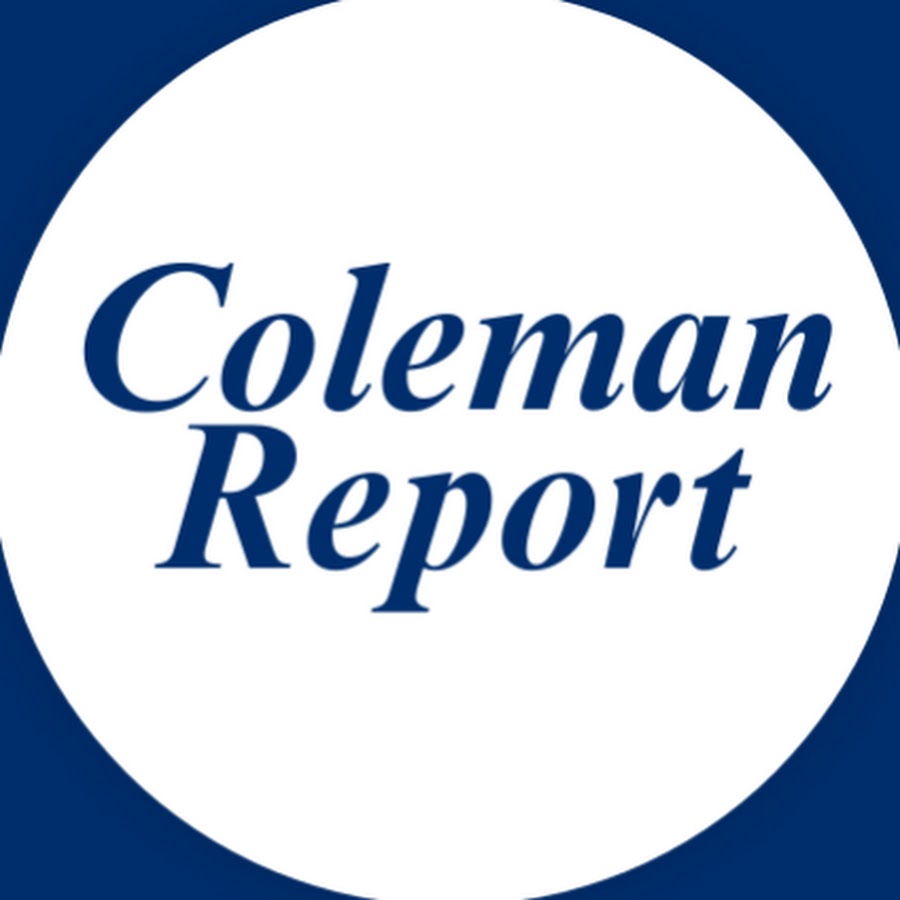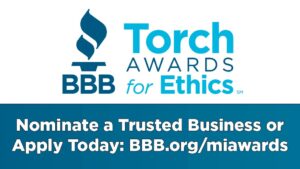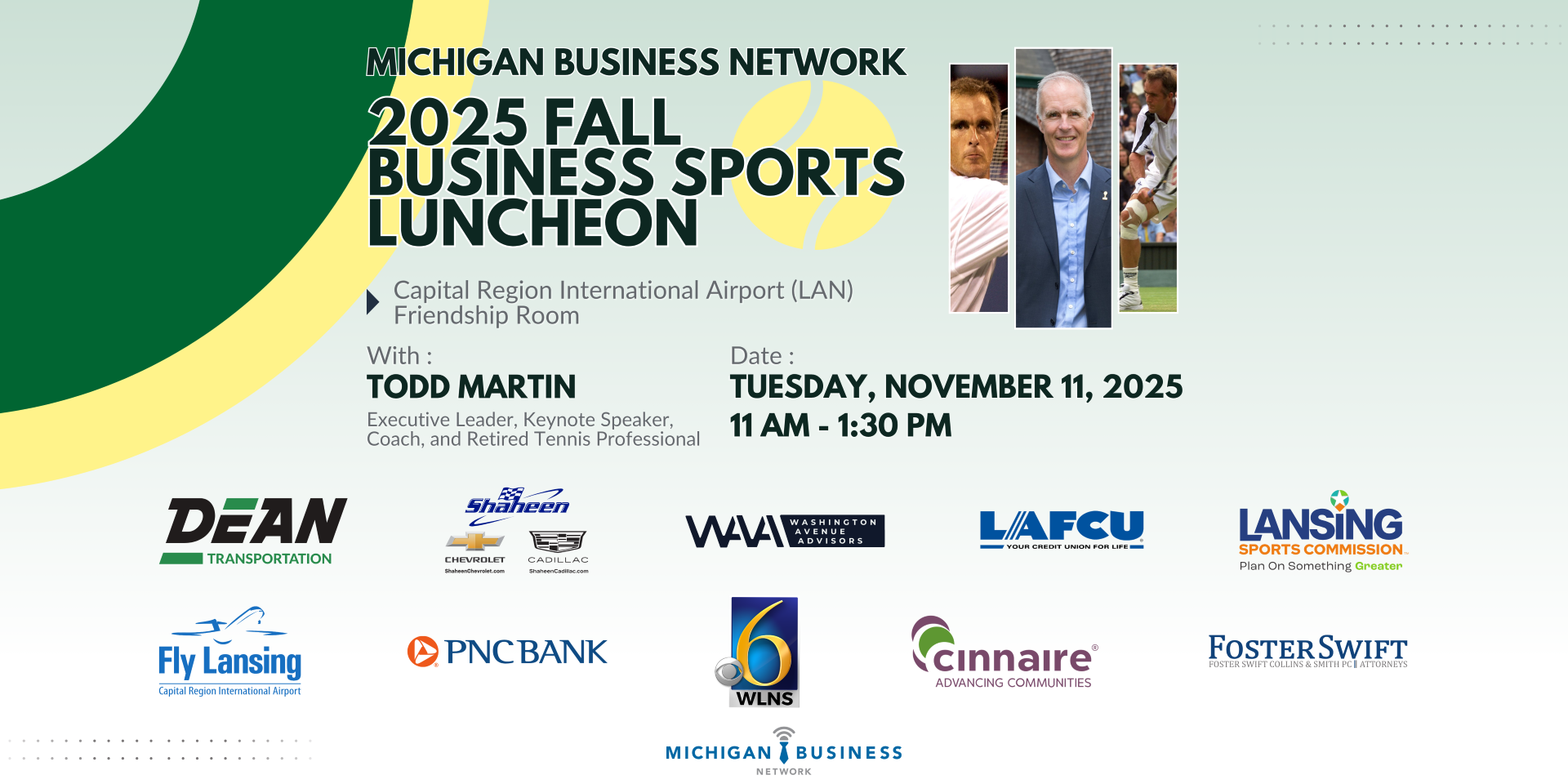This week’s Hot Topic Tuesday highlights a timely and growing concern in the SBA lending community: the rise of AI-generated fraud. With artificial intelligence tools now capable of producing convincing fake financial documents in seconds, lenders face new challenges in verifying authenticity and protecting the SBA program’s integrity. In last week’s Coleman webinar Lance Sexton, Executive Vice President at Phoenix Lender Services and former SBA Deputy Director answered the following questions. Q: Has there been an uptick in fraudulent documents being used, especially with the ease of generating them through AI? Lance Sexton: That’s a great question — and absolutely, yes. When I first started in SBA lending back in 1983, everything was done on paper. I once received a business plan written in pencil on a Big Chief tablet. Projections were done the same way, and we physically carried stacks of documentation to the SBA. Back then, it was much harder to falsify anything. Today, with the rise of AI tools and online resources, creating realistic fraudulent documents has become incredibly easy. We are seeing a clear uptick in fake tax returns, altered bank statements, and fabricated financials being presented in SBA loan files. Q: What specific red flags should make a lender stop processing a loan immediately, rather than just asking for more information? Lance Sexton: I always encourage lenders to ask for clarification when something seems questionable — but if a document is obviously fake, that’s when you stop the loan in its tracks. Don’t try to reconcile it or move forward; report it immediately to the SBA Office of Inspector General. Clear falsification is a hard stop. Q: What are the penalties for lenders if they fail to report fraud? Lance Sexton: As of now, I’m not aware of specific penalties for failing to report fraud. However, fraud has become a major focus of the SBA’s Office of Inspector General, so I wouldn’t be surprised if formal penalties or enforcement actions are introduced in the near future. Even without explicit penalties, not reporting suspected fraud puts a lender’s SBA guaranty — and reputation — at risk. Q: When we’re provided with a check or bank statement that looks altered, what’s the best way to confirm if it’s authentic? Lance Sexton: The best step is to contact the bank directly. You don’t need to ask for confidential details; simply verify whether the person or business actually holds an account there. During PPP, I discovered a fraudulent bank statement myself. Borrowers had to prove they were in business before February 15, 2020. One applicant submitted a fake bank statement. I copied the routing number from the document and searched it on Google — it didn’t match the bank name on the statement. That’s how I confirmed it was fraudulent. So, either make a phone call to the bank or do an online check to confirm the routing number and institution. It’s a quick step that can prevent your institution from funding a fraudulent loan. Q: Any final advice for lenders on preventing or reporting SBA loan fraud? Lance Sexton: Fraud awareness is essential. I work for a company that processed about 300,000 PPP loans, and I didn’t realize how extensive fraud could be until that experience. We’re still, even now, responding to subpoenas from federal agencies related to those loans. Fraud also occurs in standard 7(a) lending — not as often, but it happens. As SBA lenders, it’s our responsibility to stay alert, report what we find, and follow proper procedures. Know how to identify red flags, know how to report them, and always act quickly. That’s how we protect both our institutions and the integrity of the SBA loan program. | 








